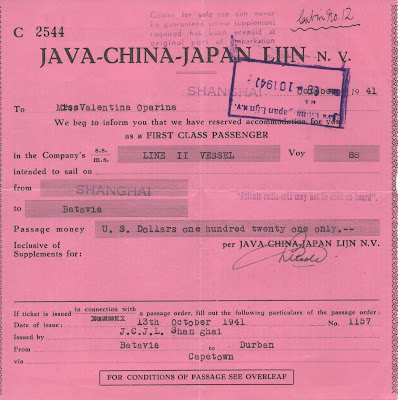Since it began, this blog has featured the stories of many women from history, some little-known and others with minor claims to fame, but all of them left enough tantalising traces to make them worth investigating and then writing about.
As part of my interest in family history, I do indexing for
various archival institutions, and I am currently transcribing a series of Southern
African births, deaths and marriages records. Each certificate has a story to tell - if there was only time to delve into them all!
I’ve come across many entries for men and women who lived a
precarious existence in tough and harsh conditions in the towns, mines and in remote areas of the veld; families with 15
or more children and interrelated to a degree that might raise eyebrows. I've come across girls as young as 13 being
married off to widowers old enough to be their grandfathers, surprising interracial marriages before the strictures of Apartheid, and just too many who died far too young from infections, child-birth, accidents, and even murder.
There are also individuals who were incarcerated on Robben Island (best known as where Nelson Mandela was imprisoned). A leper hospital was founded on the island in 1845. Originally, this was not strictly controlled and lepers arrived and left more or less on a voluntary basis. However, by the 1890s, a Leprosy Repression Act was introduced and the detention and movement of lepers became tightly controlled. During 1891-1893, close to a thousand lepers were admitted to the island. Their inevitable death notices are stark reminders of those times gone by.

One example that I transcribed today had me wondering about just this one woman lost
to history, who died in the Leper Ward at Robben Island on this day (3 February) in 1897. No doubt she was lost to
her family as well, as leprosy was a curse that no-one wanted to
be associated with and families often cut all ties to the afflicted, out of both
fear and shame. Often, they were never mentioned again and even all memory of them wiped from family records.
This particular death entry is for Helena Johanna
Cornelissen, place of birth unknown, parentage unknown. Age is put at 71 years and 11 months (so there must have been some evidence of her actual birth date). Status is Married and her occupation “Needlework” but her husband is not named and no children are listed. She had no known property. The certificate was signed by the Medical Officer in Charge, Walter H. Thurston.
Further investigation of the actual death certificate via Ancestry, shows that she had suffered other complications apart from leprosy. She was a Widow, but also a Cape Coloured [i.e. mixed race, also possibly identified as Cape Malay].
 |
| The Leper Graveyard, Robben Island |
What kind of needlework did Helena do? Did she sew dresses, knit or make fancy lacework for privileged white residents of Cape Town? What had her life been like before she fell ill? Was it an ongoing struggle, or had she been able to make ends meet due to her skills? Did anyone else in her family suffer from leprosy? It will be impossible to answer such questions.
If we believe that all lives matter, then I hope that Helena's life did have some positive aspects, that she had her share of happiness and that she shouldn't just be defined by a faded old document and a disease that caused her to be feared and shunned by others.
Here are some links about Robben Island.
A Handbook On Leprosy (contains many graphic images of Helena's contemporaries, fellow sufferers whom she may have known - they are black, white, and mixed race).
 Rose Macaulay may not be as well-known today as she once
was, and her arcane writing style can be dense and difficult for modern
readers.
Rose Macaulay may not be as well-known today as she once
was, and her arcane writing style can be dense and difficult for modern
readers.

























